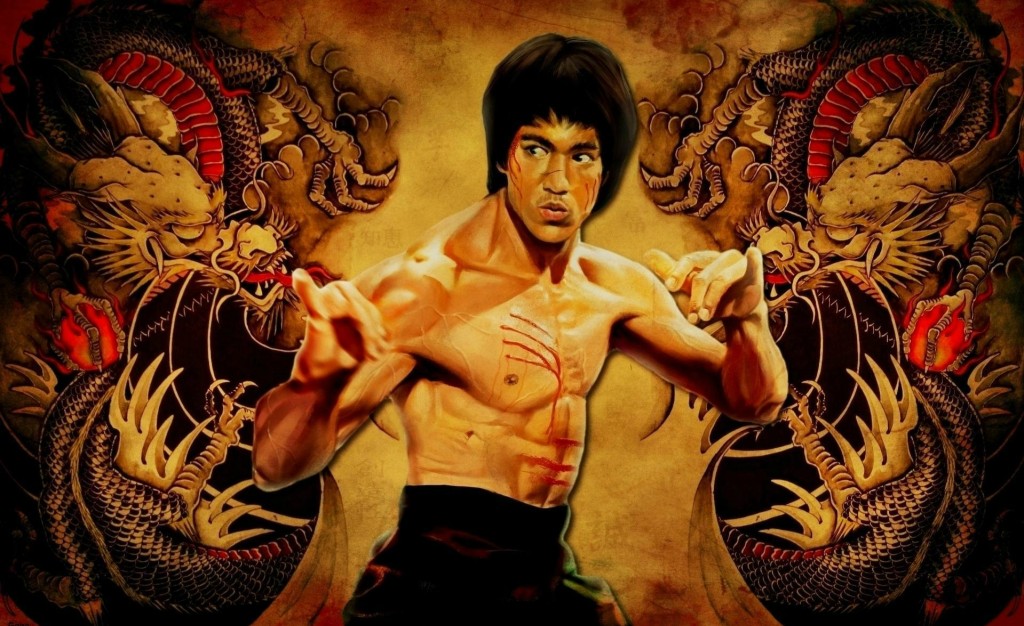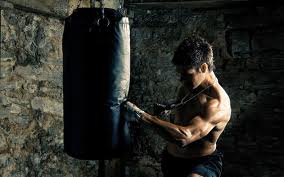
Want to learn to defend yourself ferociously? Not only defending yourself but martial arts is a great form of spectators sport and an amazing form of fitness. Let’s take a look at 3 most popular types of martial arts:-
1) Kickboxing:
Firstly, and this is true for all these entries, if you’re on the street and a stranger attempts to mug you, or worse, he most likely doesn’t know any particular fighting style, other than “swing for the fences and keep moving forward.”
There are quite a few offshoots of kickboxing, the most famous of which is Muay Thai, which roughly translates to “art of the eight limbs.”
Kickboxing for self-defense concentrates on its version of punches, knees, and kicks: fast-paced, distracting, and aimed at all available openings. If the attacker has a knife or gun, and is within arm’s reach, he will use the weapon. The defender is thus armed with more weapons, hands, feet, knees, elbows, head.
Simply walk toward the attacker (who has any weapon but a gun), and throw a front kick straight up against his chin as hard as possible. Kickboxing thrives on this sort of move, and teaches the practitioner to execute it with such extreme speed, faster than the attacker can react, that it virtually rules out the risk of “fancy kicks.” Do it correctly and it will almost always break his jaw, crush his larynx, shatter his teeth, force him to bite off his tongue, etc. He will not fight after this. This sort of kick is well trained to the point that it can, in fact, be delivered efficiently, that is, quickly and powerfully, without being telegraphed.
Alternatively, step to the side, grab the attackers weapon arm, and sling your forehead into the his nose. This will not hurt you nearly as much as you think. The attacker’s nose, on the other hand, will shatter like a firecracker.
Well trained kickboxers practice something called “combat qi”,which is the physical conditioning of any part of the body through repeated damage, until it no longer sends sufficient pain signals to the brain to bother the person. Kickboxers will roll a baseball bat handle up and down the shin firmly enough to cause aching, for about an hour a day for 2 years. The tibia is repeatedly damaged and rebuilds itself stronger and thicker. Eventually, the kickboxer can kick the baseball bat in half with his or her shin, and not feel pain.
2) Karate:
Here, special emphasis is placed on attack deflection. Most punches or knife lunges are performed straight toward you, not in an arc. Few fighters are stupid enough to try a looping haymaker.
Thus, step to the side, creating a lateral line toward the attacker’s arm, strike the attacker’s punch or knife hand, then quickly strike his lower side, belly, or back with your other fist. This is very difficult to defend against, and most likely he will not be able to. Push forward and throw a knee into his quadriceps. This hurts like crazy.
Strikes to the face and head are important, but the attacker will expect them, so instead, block his right-handed attack with your left fist (or vice versa), and punch with your other hand straight into the soft spot below his sternum as hard as possible, twisting the hips. This target is the solar plexus, and will incapacitate him as effectively as a strike to the groin.
Or, if he charges forward, snap a front kick straight up with the ball of the foot planted as hard as possible into his stomach or solar plexus, not the groin. If one of the former targets is struck, the attacker will be forced back in agony, by means of his center of gravity. He is leaning forward while charging, and a kick to his groin will cause him to lunge into you.
3) Aikido:

An interesting art that is immediately recognizable. It does have a few striking moves in it, but for the most part, it is based on the principle that when an attacker strikes, he leaves some part of his defense vulnerable. If you, the defender, do not attack him, you remain defensively invulnerable.
Do not resist his attack. Use its momentum against him. Steven Seagal is the most famous Aikido practitioner in the Western world. He may be a horrible actor, but he is a genuine 7th degree black belt in Aikido, and his signature move is absolutely essential to any self-defense arsenal: the kote gaeshi, or “forearm return.”
The attacker steps forward and throws a straight punch. You sidestep, snatch hold of his wrist, and twist around in time with his punch. Do it right, and it will fling him completely off balance, using his own momentum, while you whirl around, and twist his wrist toward the outside. He probably will not flip over like the classic theatrics in a Seagal film, but his wrist may well break. He’s unlikely to fight anymore after that.
Most critics of this art point out that it is nearly impossible for the average black belt to catch a person’s punch and turn fast enough to perform this move, but that’s not true. It’s actually a very easy move to learn and perfect.
Aikido thrives on joint locks, which do not require much speed to perform, compared to the kote gaeshi, and are extremely effective in immobilizing and incapacitating an attacker.
– Misbaah Mansuri




14 Comments